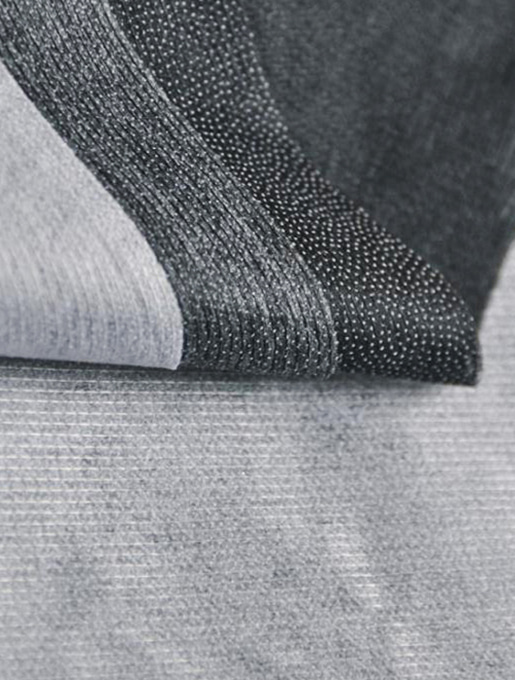In addition to adding extra warmth and body to your finished garment, interlinings can also reduce creases and provide a smoother fit. They can be removable or permanent, but either way they are beneficial for a variety of reasons. Here's a closer look at what they are and how to choose the right kind for your sewing project.The basic characteristics of interlinings include fiber content, weight, fabrication, and adhesive points. Each of these characteristics contributes to its overall aesthetics and performance. To choose the best type of interlining for a particular garment, start with the type of fabric you're working with. For example, if you're using woven interlining in a dress, try to select a material that matches the colour of the garment's base fabric.
Another type of interlining is fusible. This type of interlining is bonded to another material using an adhesive or resin. A fusible interlining can be made from woven, knit, or non-woven fabrics.Woven Interlining is lightweight and strong, making it a popular choice for garment construction. It has a high bond strength and helps to retain the structure and stiffness of the manufactured item. It also has a unique stretch-resistance, which makes it less likely to tear or damage during wear.Woven interlining can be used for a variety of applications. It is often used to line drapes to keep rooms warm in winter and cool in summer. It's also used to line pants and coats. These interlinings are often a bit thicker than the fabric to provide extra comfort and warmth.In addition to this, different types of woven interlining will have different densities and yarn counts.
Experts rated each fabric according to its thickness, softness, and stiffness. The results were then compared and ranked on a 5-point scale. The experts also conducted objective tests to measure mass per unit area, thickness, drape angle, and friction coefficient.Weaving interlining has properties that influence its ability to resist shear stresses. These properties, known as shear stiffness and bending hysteresis, vary depending on the orientation of the fabric. The bias orientation increases the shear stiffness of the fabric, while the transverse orientation decreases it.
Weaving interlining is a significant cost factor in apparel production, and the working performance of the interlining can affect the quality and cost of the garment. For example, fusible interlinings can alter the surface of the shell fabric during sewing, which can affect the technology used and the sewing performance. Several studies have investigated the bonding properties of woven interlinings and shell fabrics. In one study, Pasayev et al. tested the bonding properties of fusible interlinings to thin worsted fabrics. They also investigated the behavior of needle penetration in blind stitch sewing.

 English
English Español
Español Türk
Türk 简体中文
简体中文










